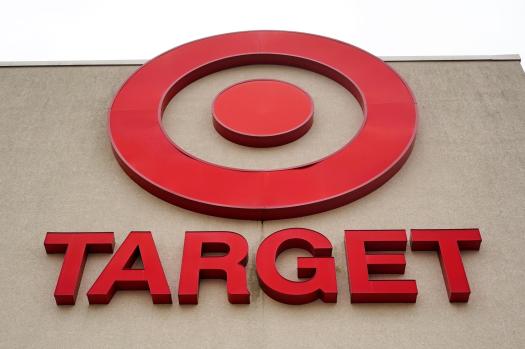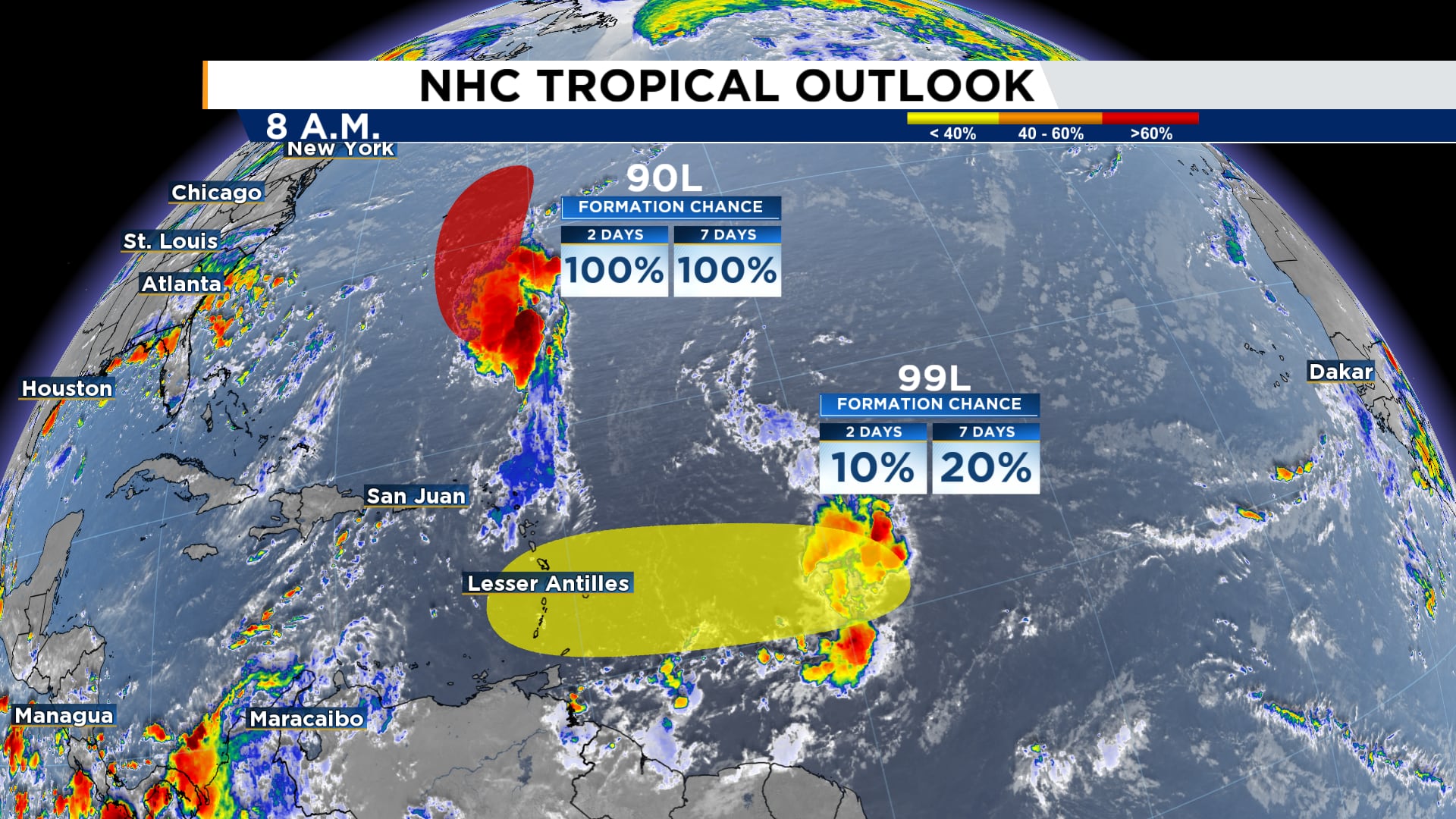Expensive credit cards have always existed. While airlines started collaborating with Visa and Mastercard to introduce airline credit cards for devoted passengers in the 1980s, American Express has been serving a discerning clientele since the 1960s.
Related Articles
-
Wall Street holds steadier following mixed profit reports from Target, Lowe s and other retailers
-
Trump thinks owning a piece of Intel would be a good deal for the US. Here s what to know
-
Theme park shifts: Epcot acts, small world song, Baby Shark
-
Thai eatery is lone Central Florida restaurant shut down from last week
-
Loan program for first-time buyers in Florida opens, but not all news is good
Triple-digit annual fee cards are getting more and more popular; some midmarket cards have annual fees as high as $150. However, that is pennies in comparison to the $500 or more yearly premium card fees.
Customers have conflicting feelings about high annual fees. According to a Harris Poll online study called ANerdWallet, 57% of Americans say they wouldn’t care about an annual fee if they were applying for a new credit card.
However, cardholders who pay an annual fee of $500 or more are more content with the overall card experience than those who pay a fee of less than $500, according to the J.D. Power 2025 U.S. Credit Card Satisfaction Study. They are also less satisfied with the appropriateness of that cost.
According to John Cabell, managing director, payments intelligence at J.D. Power, a large portion of the card’s perception and happiness is dependent on the return or the value that the customer believes they are receiving from the product.
Premium cards provide a lot more perks than cards with lower fees, which might help make the price tag more acceptable. You may or may not be better off with high-fee cards, depending on your demands and spending patterns.
Premium credit cards often come with travel-related benefits like free airport lounge access and yearly travel credits worth hundreds of dollars. A few travel-related perks might also be included, such as the opportunity to reserve a seat at a well-known restaurant for a memorable meal while on vacation or to purchase tickets in advance for sporting events and concerts.
For those near-home purchases like groceries, meal delivery, gas or public transportation for your daily commute, or streaming service subscriptions, alternative cards can be more advantageous if you don’t travel frequently. An ac cash-back card might be a better option if these costs account for the majority of your spending.
Coupon book-style credits are becoming more and more available on premium cards. After paying the yearly charge, you gradually reduce it by making specific purchases that result in statement credits.
It is possible to give these credits as a single annual discount or as several semi-annual or monthly discounts.
They frequently only apply to purchases made at a certain retailer, like a discount on a fitness club membership. Alternatively, you might receive credit for something more comprehensive, like a group of participating eateries across multiple cities.
Your card is providing you with a significant discount if you were already spending money on an approved item. However, you’re still paying a lot of money if you purchase something pricey only to receive a small reimbursement.
You most likely didn’t get a fancy card only to get $10 off ridesharing each month. Let’s admit the strongest argument: the massive welcome bonus, which will save hundreds of dollars on a future trip.
Sometimes the best use of your points is to exchange them for travel. Transferring your points to one of the airline or hotel partners on some cards can be a very beneficial way to cash in your rewards.
However, the value of gift cards, merchandisepoints, or cash back may differ and be less if you redeem in other ways.
Even though premium credit cards might be quite alluring, you should avoid applying for one if you already have credit card debt. The value of your rewards will be quickly depleted by the amount of interest you are paying.
People who are transacting and not paying interest on that credit card are the ones where the math works best, according to Cabell, because that is a real drain.
Let’s examine the possible outcomes of this math. As of June 2025, the average household in the United States with revolving credit card debt owed $10,815 (per NerdWallet’s 2024 Household Credit Card Debt report). You would spend more than $2,300 annually on interest payments if you had this much debt and paid an interest rate of 22%, which is somewhat lower than the average credit card interest rate of 22.25%, according to Federal Reserve data as of May 2025.
With a card sign-up bonus and a few bill credits, you probably won’t be able to recover that expense. (Once more, you must pay money in order to receive a share of those statement credits.)
As you pay off credit card debt, you may be able to save money on interest by taking out a lower-interest personal loan or an Abalance transfer credit card.
An airline card is probably not for you if you are not devoted to that particular carrier. You won’t utilize a credit for stays at five-star hotels if you’re not a luxury traveler. It will be challenging to take advantage of credits for businesses in a major city that is two hours distant if you live in a small or medium city.
A lot of these benefits are aspirational. When someone books two nights in a midrange hotel near a strip mall for a friend’s wedding, who doesn’t picture staying in an overwater house in French Polynesia?
Dreaming is acceptable, but don’t let your imagination interfere with your ability to see whether a card matches your reality.
Maybe you know what you want from a credit card: a good welcome bonus, reward categories that match your spending, and quickly redeemable points. No long lists of statement credits you’ll forget to spend, and no trouble remembering which card to use for what purchases.
Some premium cards are just not for you if you want a card that serves as a tool rather than a homework assignment. There are ways where the price can be eliminated by using just one or two annual credits, which may be feasible. You won’t benefit from a card’s features, though, if they overwhelm you.
Additional Information From NerdWallet
-
What Happens to Authorized Users When the Primary Credit Card Holder Dies?
-
The Credit Card Tools Hiding in Your Banking App
-
Great Recession Taught Me Lessons That Still Apply Now
For NerdWallet, Sara Rathner writes. [email protected] is the email.
Annual Fees Exceeding $500? The article “Here’s When They Make Sense” first surfaced on NerdWallet.












